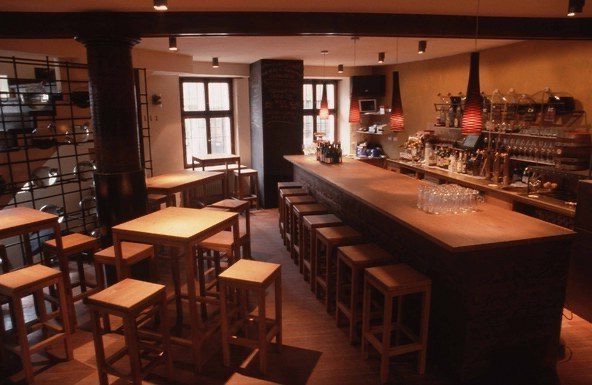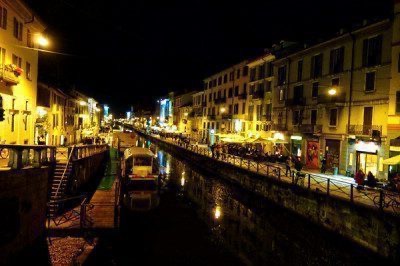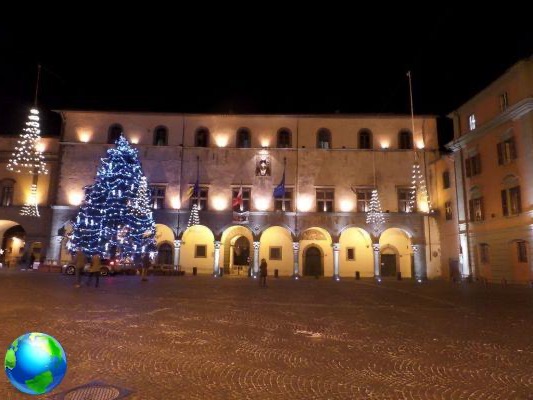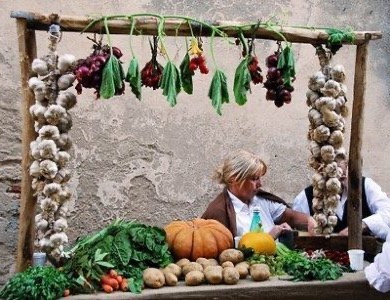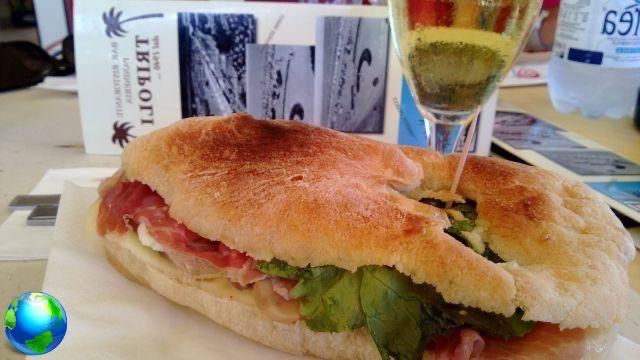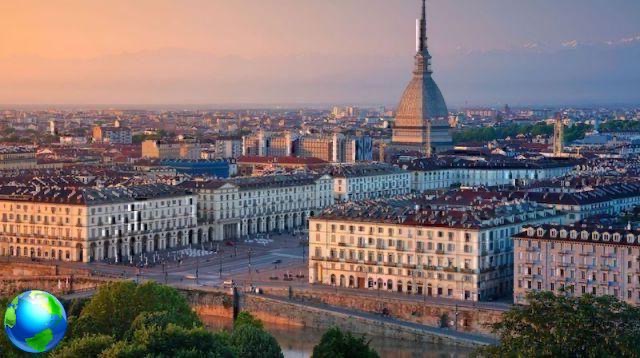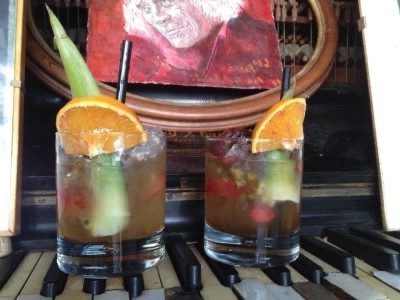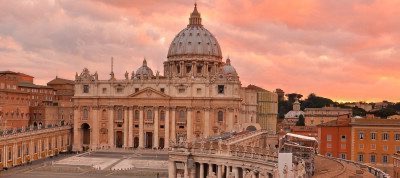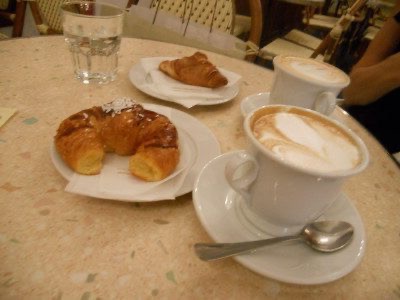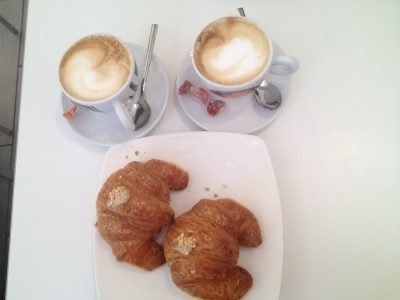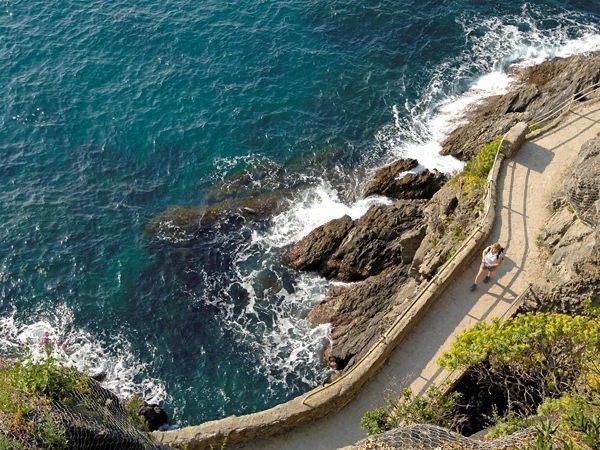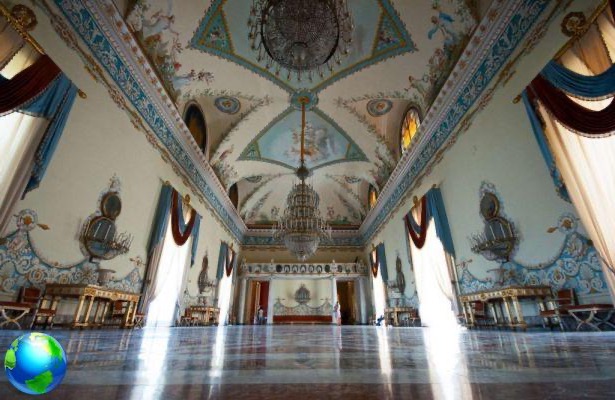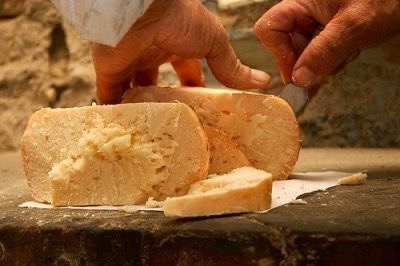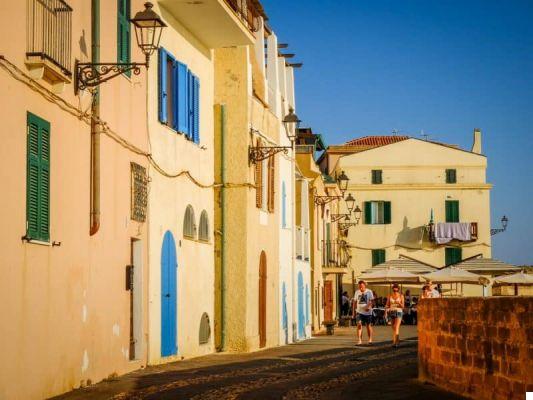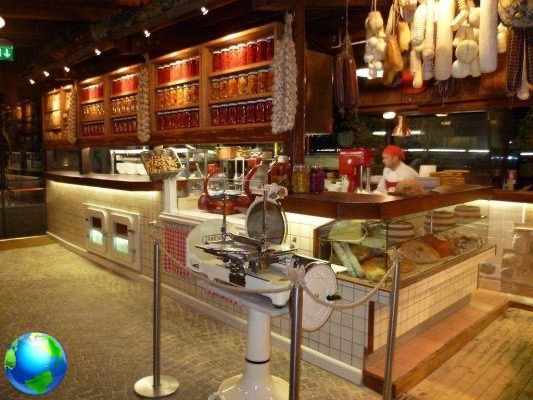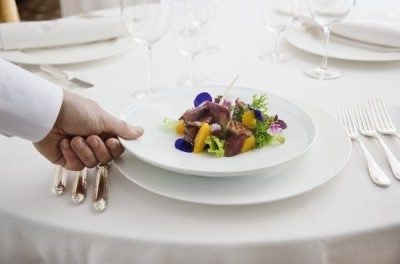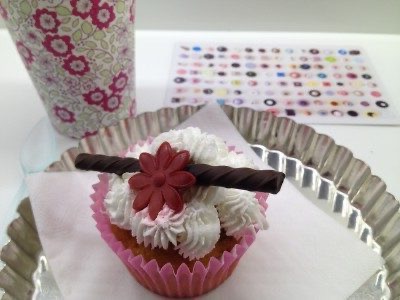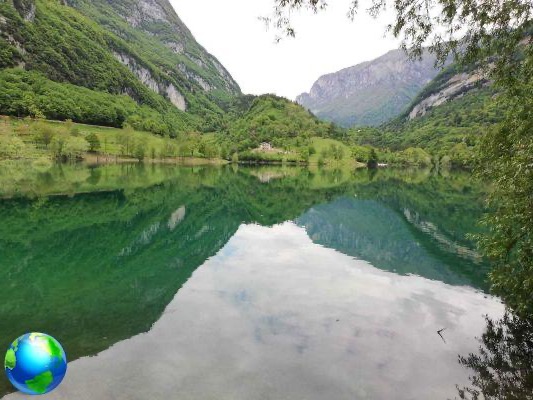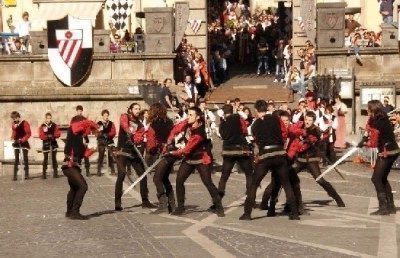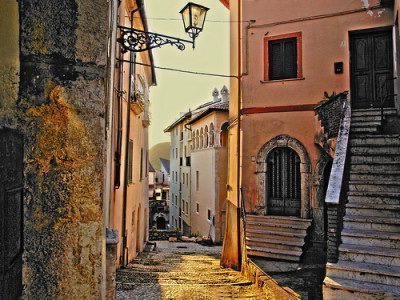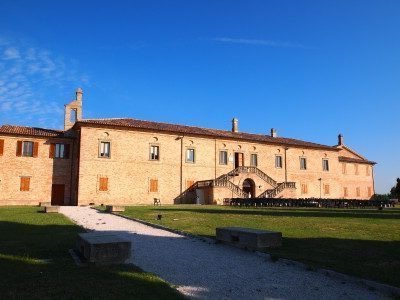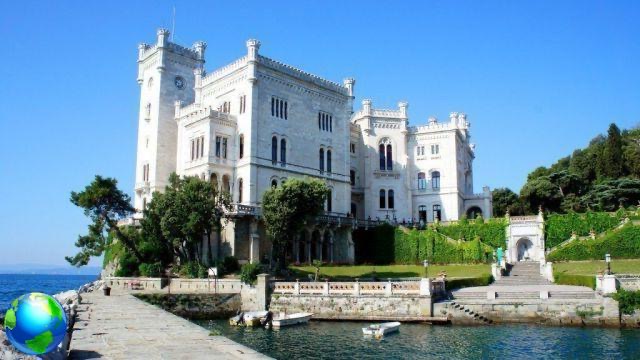Five things to see in Cuneo, one of the lesser known cities in Piedmont, but which holds great surprises, not only architectural, but also culinary.
Wedge it is an unusual city: it is the provincial capital, but with 56.000 inhabitants it cannot be defined as a metropolis. It is one of those places that could be said to be neither meat nor fish, perhaps also due to its position halfway between the plains and the mountains. When it comes to tourism in Piedmont, at least three or four other cities come to mind before Wedge: Turin, Vercelli, Ivrea, Alessandria.
Yet Cuneo has a central position between Italy and France: it is on the road that connects Turin and Nice, and represents the point where five converge valleys of the Alps. With its architecture, its history and its gastronomy it has nothing to envy to the other most famous Piedmontese cities. For me then, who have always lived in the province of Cuneo, this city holds many memories. For those who have never heard of it or have never considered it, there are at least five reasons so it is worth taking a small detour from the more well-known tourist routes.
The markets of Cuneo
For an eight-year-old girl, born and raised in a village of 30.000 inhabitants, a trip to Cuneo is an adventure into a fantasy world. Or at least it was for me, when I left Bra with my grandparents for the provincial capital Granda. We went there on Tuesday morning, market day, so that my grandmother could buy the best products from the farmers. After parking on the Lungo Stura, we set off on foot, my grandparents in front, my brother and me behind. We continued along the narrow streets of the old Cuneo, stopping for a moment to allow my grandmother to make the sign of the cross in front of the monumental complex of Saint Francis, dating back to medieval times. A walk that still reminds me of those mornings years ago, when we arrived at the covered market in Seminary square.
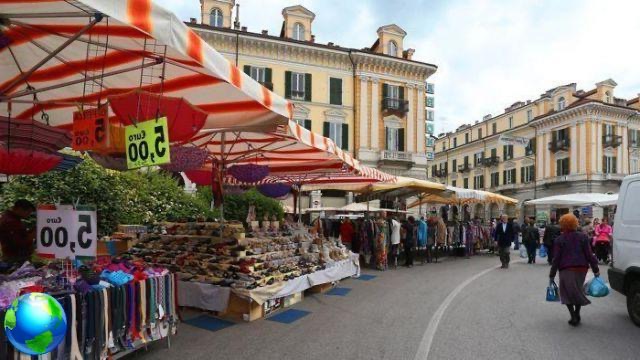
The rectangular building is nothing more than a canopy built in the early twentieth century to house the stalls of local producers who meet here twice a week: the Tuesday, for the larger market, and the Friday for the reduced version. It won't be very different from the markets that take place in other towns in the province, but for me it had - and still has - a particular charm. To the point that, the first time in front of the entrance of Borough Market in London, I found myself thinking about the market in Piazza del Seminario di Cuneo, with its smells, the confusion of the people who crowd around the stalls, the sellers who they scream for attention. And it does not end there: all around the covered market the street vendors' stalls of clothing, flowers, hardware, household items, which expand like a spider's web until they reach the nearby Via Roma and Piazza Galimberti.
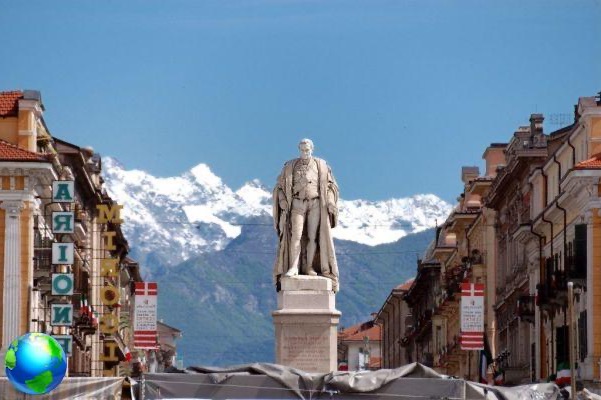
Galimberti square
Also known as the living room of Cuneo, with its 24.000 square meters it is one of the largest Italian squares. I'm willing to bet that most of the people who live in the province of Cuneo don't know it's a little smaller than Piazza del Plebiscito.
Built in 1800, Galimberti square separates the old city from the new one. It is surrounded on the two long sides by porticoes of neoclassical columns and by arches reminiscent of Roman ones. If in size it is similar to the more famous Neapolitan square, it is certainly no less majestic than the Turin one Piazza Vittorio Emanuele. But, for some reason, the central square of Cuneo is unable to match the other two in fame. And to think that one of the most important characters of Piedmontese contemporary history is connected to it: Duccio Galimberti, one of the best known anti-fascists and partisans Piedmontese to whom the square was named in 1945. After his arrest in 1944 by a group of fascists from the Political Office of Cuneo, he was first interrogated and tortured, then executed in nearby Centallo. Even today it is possible to visit what was once the house of Duccio Galimberti: located in one of the palaces that overlook the square dedicated to him, the Galimberti House Museum opens its doors on weekends to make known the story of the city's hero.
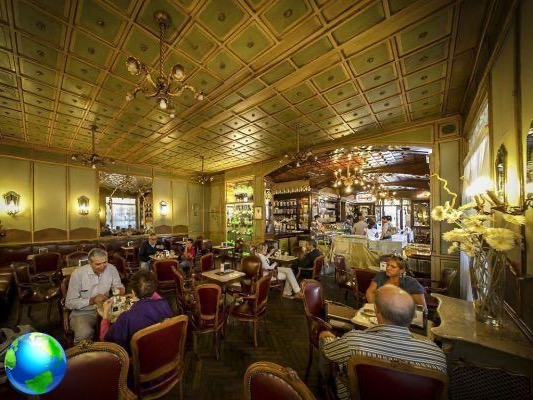
The Arione Coffee and the Rum Cuneo
At the corner of Piazza Galimberti and Corso Nizza is the Arione coffee: once again I take a dip in the past and go back to the Eighties, when on Saturday afternoon I went to Cuneo with my mother and aunt. At that time the clothing store Miroglio it was one of the most prestigious, but for a child it was nothing more than a succession of dresses and escalators. A deadly bore for me who, at the time, was immune to the charm of shoes and bags. I couldn't wait to get out of the too noisy shop to finally enter Caffè Arione. Impossible to resist the shop windows with biscuits on display, the interiors with dark marble floors, the time-worn mirrors, the polished wooden counters and the coffered ceiling. It is one of those places where one feels catapulted back in time, up to 1923, the year in which Andrea Arione opened the café-pastry shop. It was immediately frequented by a number of illustrious personalities, including Ernest Hemingway, who had himself photographed in the room in 1954. A few years later was the scene of I Compagni, a film with Marcello Mastroianni nominated for an Oscar in 1963.
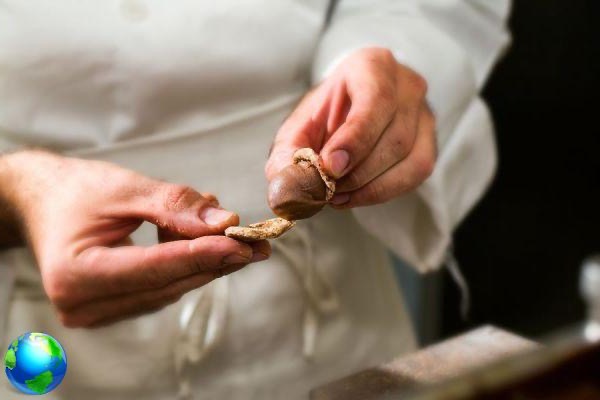
But beyond the more or less famous characters, what is striking is thearoma: a mixture of coffee, chocolate, sponge cake and wood wax. Apart from the wax, the merit is certainly of the ingredients of Rum cuneesi, which still today are made following a recipe that many pastry shops in the province have tried to imitate. Many people ask but no one has been able to answer the question: did Arione coffee make the rum people of Cuneo famous or did they make the place famous? It doesn't matter, the fact is that these little sweets of meringue, rum and dark chocolate are worse than a drug: once you have tasted one you will never be able to do without them. You will find more or less credible excuses to come to Cuneo and buy one of the beautiful white, pink and green boxes that enclose this work of art.
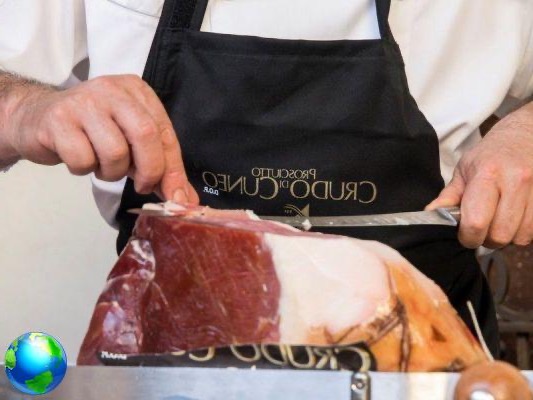
Crudo di Cuneo
In addition to being the home of rum sweets, this city is also the birthplace of another excellent product. The raw ham from Cuneo obtained the PDO in 2009, even if in reality the Consortium for the protection of Crudo di Cuneo was founded in 1998 by a group of breeders from the province, which has gradually expanded to include all the components of the production chain: slaughterers, seasoners and packers. The disciplinary defines not only the type of feeding of the pigs, the breeds that can be used and the salting techniques, but also the geographical limitation of production, which includes a series of municipalities in the province characterized by a particular microclimate due to air currents coming from Liguria, Provence and Val Susa. The result is a more flavored finished product sweet and delicate compared to Parma or San Daniele.
Unlike its more famous "cousins", the Crudo di Cuneo boasts the shorter supply chain of Italy, since all the ingredients to obtain the finished product come from the municipalities of the production specification. If until a few years ago it was possible to buy it only in the area, now the Crudo di Cuneo is gradually crossing the city limits: in addition to being on sale in most of the butchers of Cuneo and its province, it is also possible to find it in some gastronomy of Turin and in some shops and restaurants of the Ligurian provinces of Savona and Imperia. I, for one, must admit that I discovered this product not in Cuneo, but in Bra, the city where I live, thanks to the owner of the historic Salumeria Pochettino where the Crudo di Cuneo has been on sale for some years.
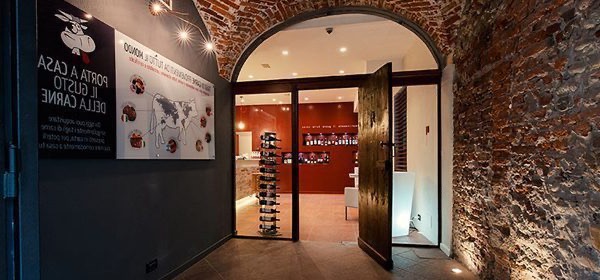
Cow Pazza Brasserie
After a substantial snack based on coffee and Cuneesi with rum, followed by an aperitif with Crudo di Cuneo and bubbles, you could almost think about skipping dinner. But if you have come this far, you cannot give up right now: from Piazza Galimberti we set out again towards the old city, heading towards the area Contrada Mondovì, where there are some of the most traditional taverns: La Chiocciola, Trattoria Roma, Senza Fretta, Ristorante Quattro Ciance, the Black Goose. For this evening I choose a relatively new place, the Mucca Pazza Brasserie. Not to be confused with the restaurants of the chain of the same name which has premises throughout Piedmont, known for their low costs and the quality that reflects the prices, the Cuneo Brasserie knows how to combine tradition and innovation in an excellent way.
La Mucca Pazza Brasserie is located in a historic building in the cramped via Amedeo Rossi: upon entering you are greeted by a modern and essential environment. As for the menu, if you are a vegetarian forget it: this is a carnivore's paradise. The antipasti they offer a selection that starts from the strictly local with the Piedmontese fassone round, passing through other regions with the Abruzzese arrosticini, to cross the national borders with the Spanish Patanegra. We have chosen the cutting board of breasola of deer and wild boar and Patanegra, deciding to skip the first few. Not because the tagliatelle or the soups weren't inviting, but because the main menu is something that leaves you speechless. They range from homegrown meats, with steaks from Piedmontese Fassone, to fine meats from all over the world - Kansas Black Angus, Nebraska cattle, English lamb. There is no shortage of American-style dishes, such as the Big Burger with a lot of pulled pork, bacon and onions, or the Cheeseburger, or the New York Strip Steak. We have chosen the Teriyaki beef steak with Taré sauce and cut of Black Angus with cheese cream. Also excellent selection of homemade beers: we ordered those from the Anima di Roccasparvera Brewery, not far from Cuneo, and both the red one Dante Alighieri than amber Mozart they proved to be excellent together with the chosen courses. Unfortunately I gave up the dessert, which just didn't fit anymore. But at least I'll have an excuse to come back: try it panna cotta. It is Smokeburger with smoked provola cheese and Tropea onion.
I wish I could also give gods advice on where to sleep, but given the proximity to where I live, I returned home after the trip to Cuneo. However, I couldn't help but notice the sign of at least two B & Bs: La Contrada dei Giardini, right in front of the Mucca Pazza Brasserie, and the Petit à Petit, in the parallel street. Also in the old city there is one of the best known hotels in the city, Palazzo Lovera.




